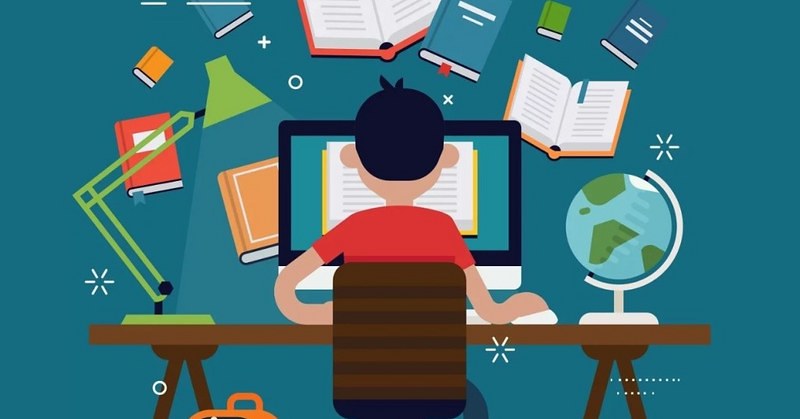Fearless
Publish date 30-05-2022
We live in a time to rethink our habits

Open schools, closed schools, face-to-face classes, classes in DAD, pupils (and teachers) in quarantine, pupils (and teachers) waiting for a swab, pupils vaccinated, pupils positive ... and finally confused and often increasingly angry parents! These days, the precariousness and complexity of everyday life situations are certainly not lacking in our families. You navigate on sight. And to say that the desire, indeed the need to live in stability and clarity is typical of the human soul: everyone - adults and children - would need a solid point of reference from which to start a new day of work every morning, of commitment, of effort. Instead, for many months we have been living in great uncertainty, which often turns into fear. In a famous writing, Bauman states: “Fear is the name we give to our uncertainty; to our ignorance of the threat, or of what needs to be done to stop its progress or, if this is not in our power, at least to face it "(Z. Bauman, Liquid fear, Laterza, Rome-Bari, 2008).
Fear is therefore a feeling that in this pandemic time is powerfully fueled by confusion, anxiety, insufficient or excessive information (the now known infodemic) or distorted, by inertia, by loneliness. All factors with which we are more than abundantly supplied. In particular, it is excessive isolation, distance, distance that blows the fire of fear. Remaining in relationship with others is in fact the very condition of our existence; living apart is the prelude to our destruction. A seven-year-old boy (a nature documentary enthusiast), tired of being quarantined at home in front of his PC screen, in connection with the part of his class that can afford to physically go to school, told me: "When I am alone I become like the eagle, which flies up there in the sky and sees everything from afar ... and no one hears it ... when there is an interval at school and we run into the corridor, we are like the ants all stuck and agitated that go from all the parts and then they go back to the anthill to eat… ». As if to say that the innate sociality of children does not end in being connected in some way, but in being close to each other, perhaps even huddled in a small space and in the chaos, but together on the way to a safe place, the anthill , where nourishment is not lacking.
A decidedly witty teenager, who attends a high school he doesn't like, instead confided to me that staying at home in DAD is not a problem for him, on the contrary: with the complicity of his classmates (and wisely excluding audio and video at the right times) , managed to transform some boring lessons into relaxing D.A.D. (= Sleep At Home, as he calls them)! The screen in fact hides, provides a partial, intermittent vision. Thus one can be both "absent" and "present" at the same time. Then I met teachers who were enthusiastic about the many innovations learned on the use of new technologies applied to teaching and others who were absolutely embittered by the loss of human contact with the students, by the lack of an "overview" of the class, of moments of meeting with the kids in the corridors or courtyards ...
Probably, as far as the world of school is concerned, the biggest problem we will have to face is that of the need (and the consequent fear) of a change, of a true and radical change. So far we have been looking for adjustments, palliatives, strategies that would allow us to survive in the emergency by preserving our habits, established practices, the usual "programs", the known words, the usual certainties. But this pandemic has had and continues to have a much deeper reach, requiring an equally profound reflection on who we were and who we might be, even as students or teachers.
Gabriella Del Pero
NP Febbraio 2022







